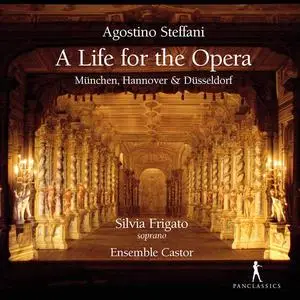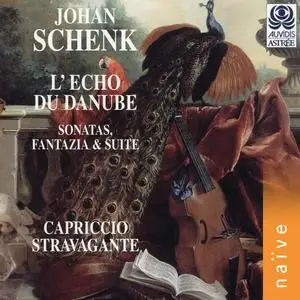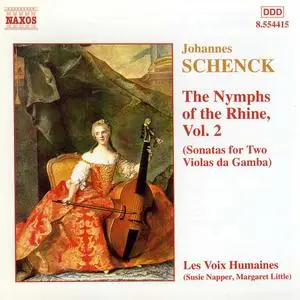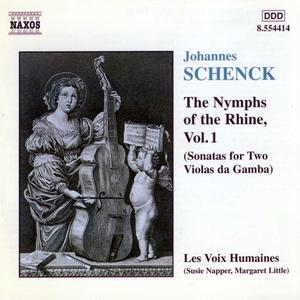Silvia Frigato, Ensemble Castor - Agostino Steffani: A Life for the Opera (2021)
EAC | FLAC | Image (Cue & Log) ~ 294 Mb | Total time: 60:33 | Scans included
Classical | Label: Pan Classics | # PC10423 | Recorded: 2020
EAC | FLAC | Image (Cue & Log) ~ 294 Mb | Total time: 60:33 | Scans included
Classical | Label: Pan Classics | # PC10423 | Recorded: 2020
Agostino Steffani is one of those multi-talented personalities one often encounters in the baroque era - he was a man of the church who made it as far as titular bishop and mediator between Pope and Emperor. He was a much-travelled diplomat and politician, as well, who held high state offices up to minister, and he was a composer who wrote operas for the courts in Munich, Hanover and Dsseldorf. The Italian soprano Silvia Frigato and the Castor ensemble trace the stages of Steffani's life through a selection of arias from his operas.





